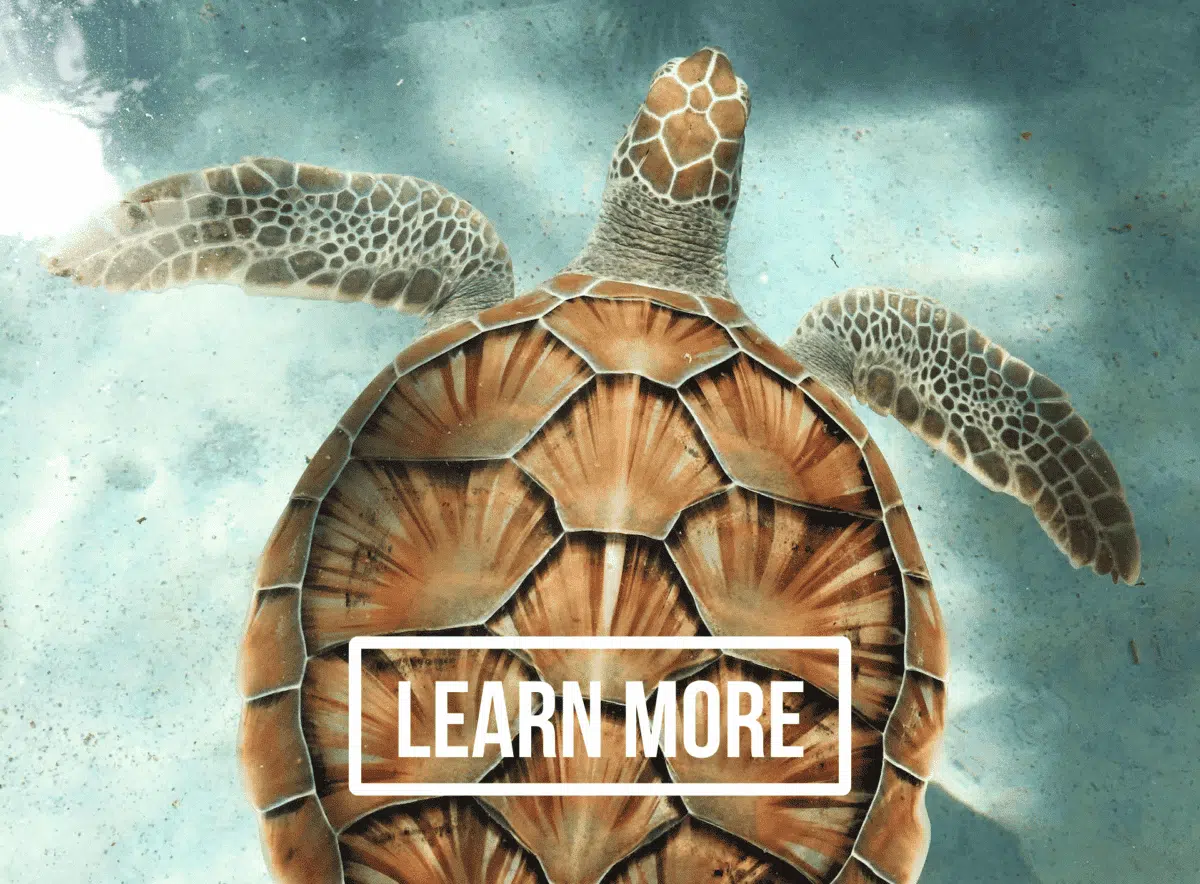Are you ready to discover the turtle’s biggest enemy?
Today we’ll be taking a closer look at turtles, but more importantly, the one thing that is posing a huge threat to them, and all other marine life: plastic.
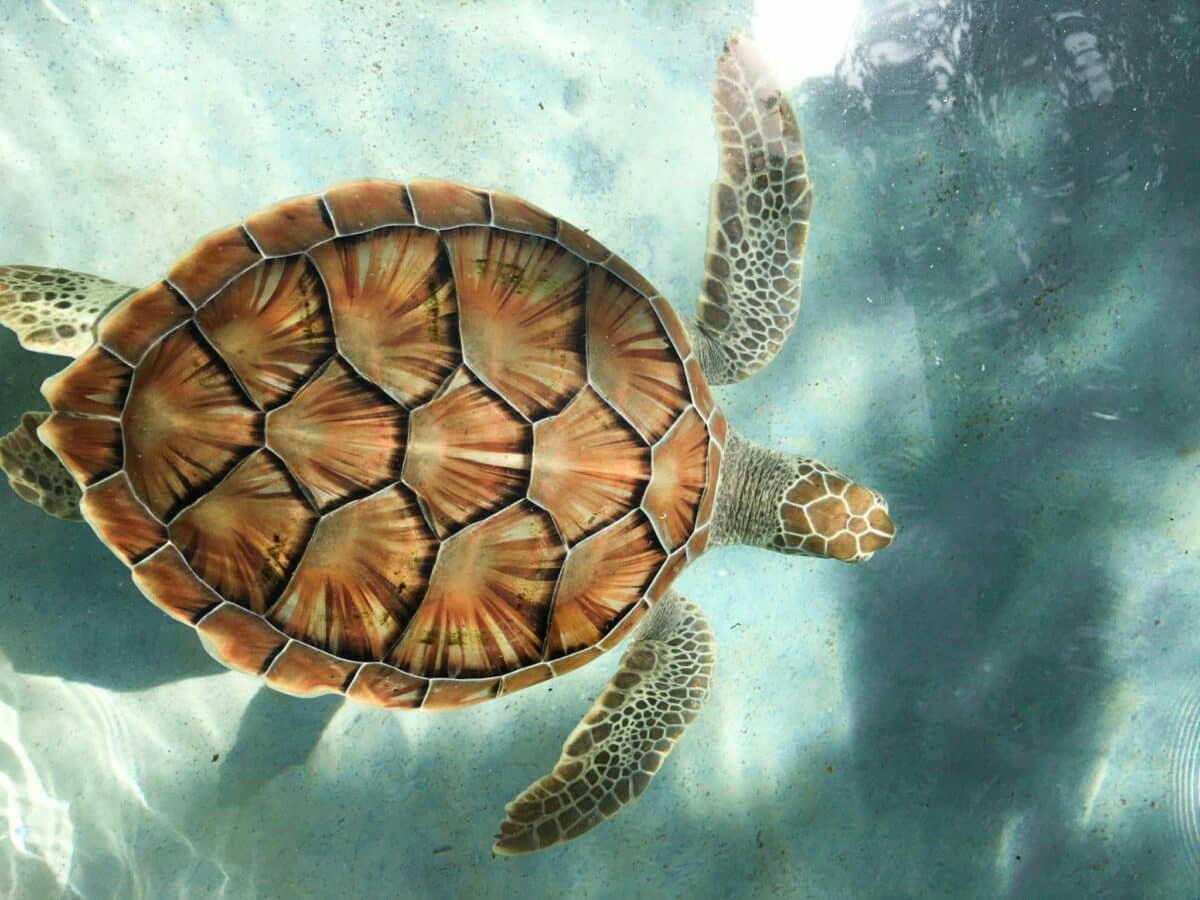
Turtles are incredible creatures that can exist in both water and on land and have been living in the Earth’s seas, oceans, and rivers for more than 200 million years. Considering their unique shells and long lifespans, these resolute creatures are truly unique.
Unfortunately, due to human negligence and carelessness, they are now facing a number of dangers. In particular, plastic waste and straws are killing our beloved sea friends. So yes, the turtle’s biggest enemy isn’t sharks or killer whales, but plastic waste irresponsibly disposed of by humans.
But why should you care? It’s not like anyone needs a reminder of how significant turtles are. However, for those who do, here’s a short refresher.
Turtles: A Refresher Course
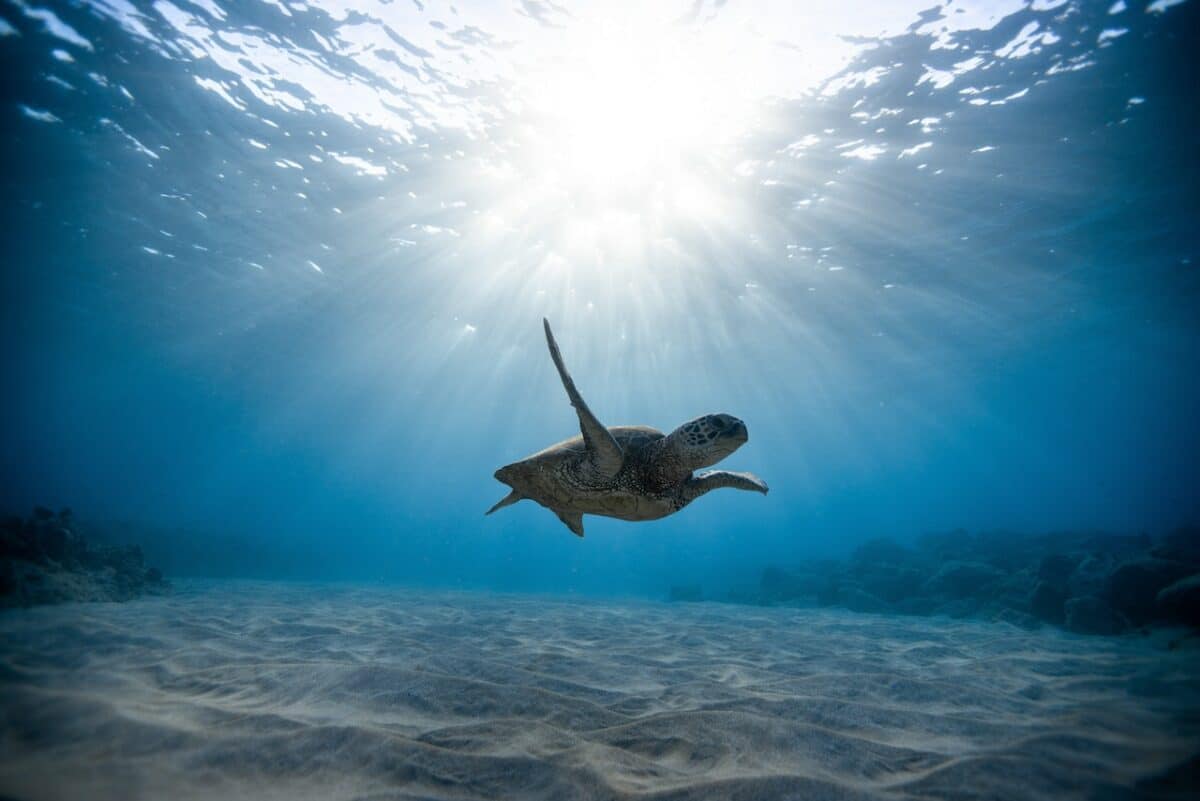
Turtles belong to the family of reptiles known as the Chelonioidea, and you can find them in aquatic and terrestrial habitats alike. However, they shouldn’t be confused with their close cousins, tortoises, which belong to the family Testudinidae and live exclusively on land.
Turtles have a unique shell that acts as a protective cover, allowing them to survive in various environments. The shell comprises two parts: the carapace (top shell) and the plastron (bottom shell). You can find turtles in various sizes, ranging from the small bog turtle to the giant leatherback sea turtle.
These persevering organisms are also known for their long lifespans, with some species living up to 100 years in the wild. However, their land-dwelling counterparts, tortoises, generally live even longer. Turtles are a vital part of the marine ecosystem and play a crucial role in the food chain. They are also a source of food for many species, including humans.
How Plastic Waste is Endangering Turtles
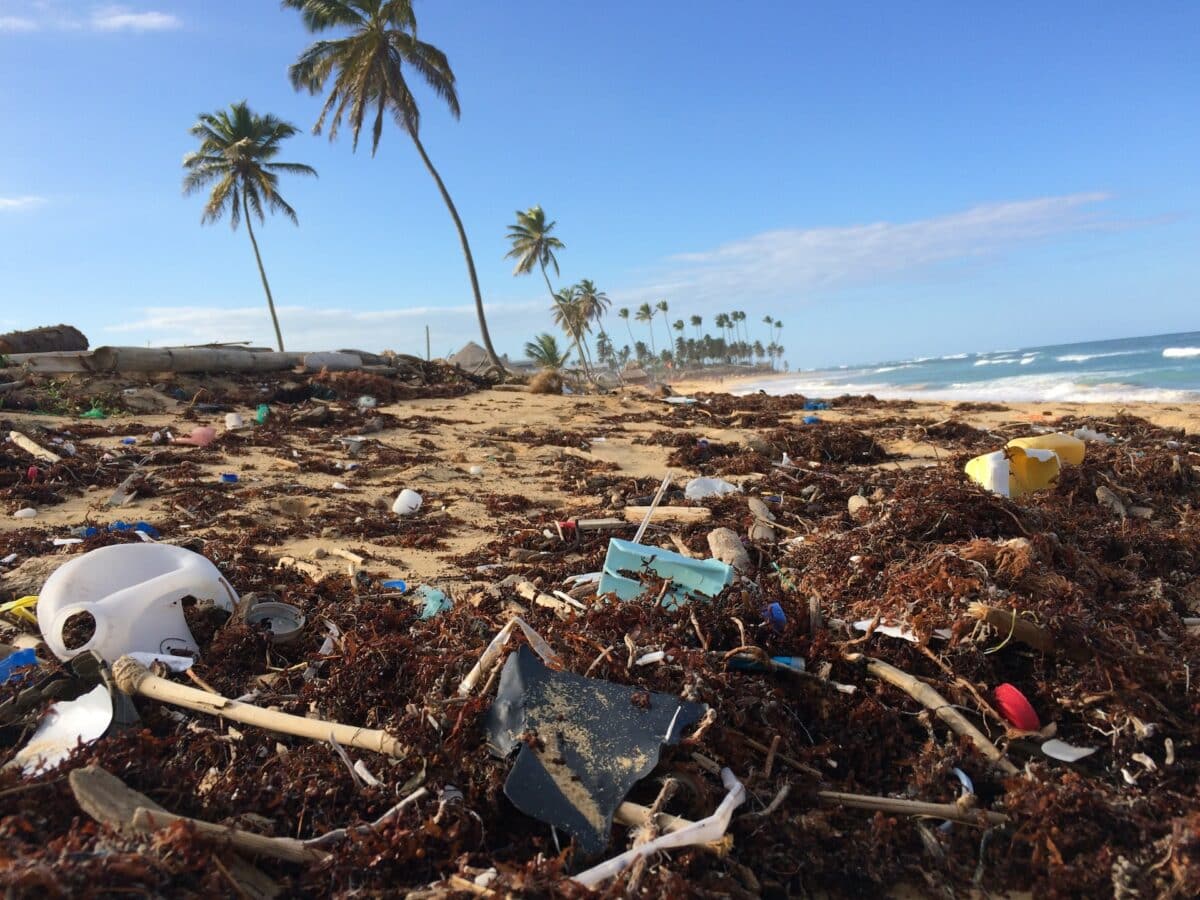
Sadly, turtles are facing a number of threats due to human oversight and indiscretion. One of the biggest threats they are facing is plastic waste. Plastic waste is one of the most pervasive pollutants in the world’s oceans, and it is having a devastating effect on the world’s marine ecosystem.
Pollution is a growing problem in our oceans, and turtles are paying the price. Plastic waste often finds its way into the oceans and can be mistaken for food by turtles. If eaten, it can cause several health ailments, including intestinal blockages, infection, and even death. Additionally, plastic and straws often become entangled in turtles’ shells, preventing them from swimming and feeding properly, consequently causing starvation.
The effects of plastic pollution can also extend to their habitat. For example, plastic waste can damage coral reefs, which are a vital part of the marine ecosystem and oxygen production. In fact, coral reefs are responsible for 50% of the oxygen present in our atmosphere. Thus, the destruction of coral reefs reduces the oxygen levels in the ocean, making it difficult for turtles to breathe.
Straws and Other Plastics are Killing Turtles

Plastic straws are one of the most common forms of plastic waste in our oceans. They are used in a variety of products and can easily end up in our oceans.
Other forms of plastic waste can also be dangerous to turtles. For instance, plastic bags are another of the most common forms of plastic waste found in our oceans and can be mistaken for food by turtles. In addition, plastic bottles, fishing nets, and other forms of plastic waste can also be dangerous to turtles. Oftentimes turtles become entangled in different types of plastic, making them risk suffocation.
According to a United Nations Environment Programme (UNEP) report, approximately 8 million metric tons of plastic enter our oceans annually. Also, it is estimated that up to 46% of sea turtles have ingested plastic, as well as 90% of seabirds. Furthermore, plastic pollution kills roughly 100,000 sea turtles and 1 million seabirds yearly.
Despite these alarming statistics, 8.3 billion plastic straws are still discarded into the world’s oceans every year. This is an urgent issue we need to address if we are to protect our sea friends.
Read our post on the the turtle with the longest life expectancy (when not affected by straws and other types of plastic waste.)
The Future of Turtles if Humans Don’t Help
If nothing is done to reduce plastic pollution in our oceans, the future of turtles will be extremely bleak – if they even have a future. The effects of plastic pollution can be devastating and lead to serious health problems for turtles. In addition, plastic pollution can also damage their habitats, reducing food availability and making it difficult for them to survive.
Without action, the future of turtles is uncertain. We must act now to reduce plastic pollution in our oceans to prevent their extinction and save these beloved sea creatures.
Discover the Turtle’s Biggest Enemy: How We Can Help
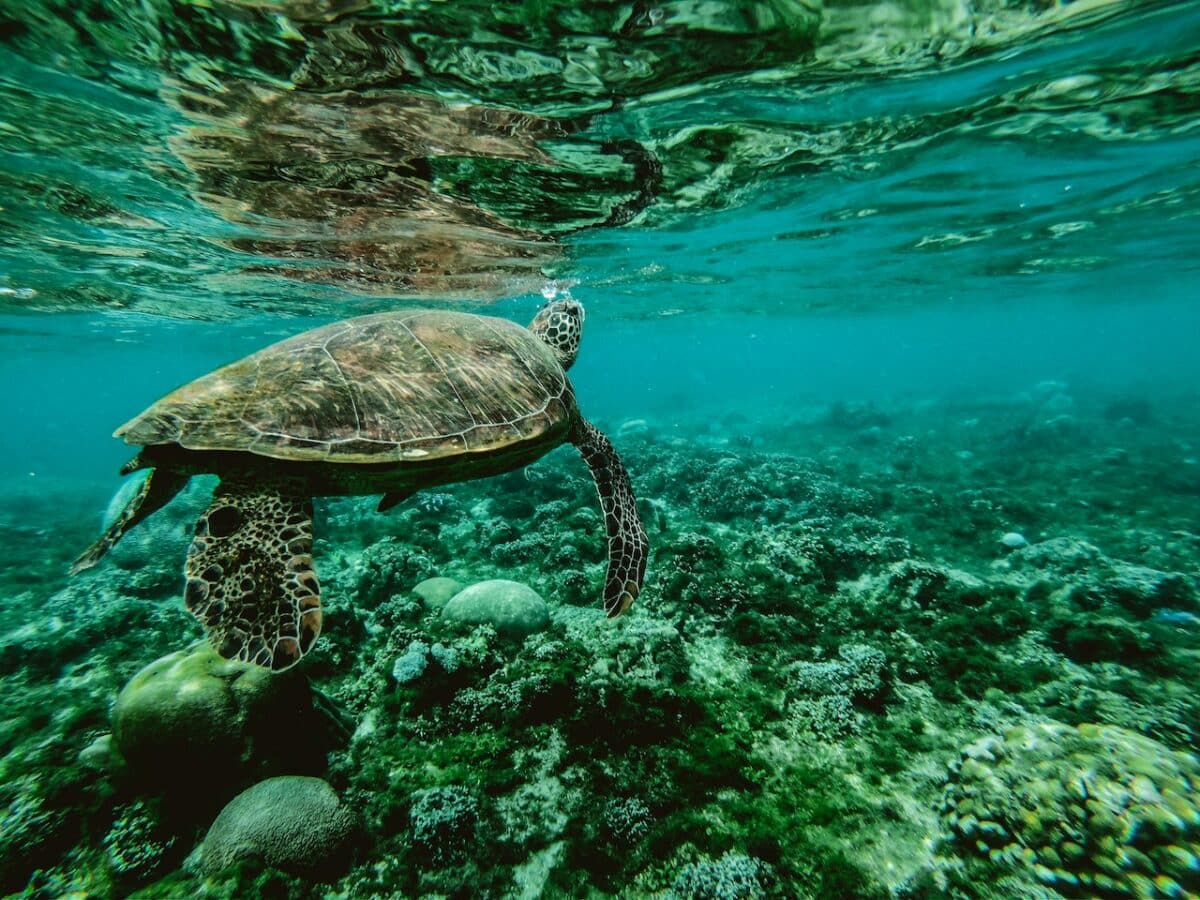
There are several steps we can take to reduce plastic waste in our oceans. Firstly, we can reduce our use of plastic straws by using reusable straws, opting for biodegradable straws, or simply choosing not to use straws at all.
We can also reduce our use of plastic bags by using reusable bags or opting for biodegradable bags. Furthermore, we can reduce our use of plastic bottles by using reusable bottles or opting for biodegradable bottles. Bringing a bottle of water from home is such a simple way of minimizing your plastic use and carbon footprint while also saving you money!
A reduction in our consumption of single-use plastic items would also go a long way. These include plastic cutlery, plastic cups, and plastic packaging. By reducing our use of these items, we will help mother nature immensely. Firstly pollution would become less, and secondly, the harmful emissions produced when making plastic items would likewise be reduced.
Furthermore, you can help protect turtles by supporting organizations working to protect them. You can also help by spreading awareness about the dangers of plastic pollution and the importance of protecting turtles. By enacting a fraction of these measures, we can significantly help turtles battle their biggest enemies in the ocean – plastic.
Thank you for reading this article about how plastic is affecting turtles and our plight towards these majestic animals inhabiting our seas. If you enjoyed this you should also take a look at our post about the Top Ten Most Endangered Fish You Should Know About.
- The Most Adorable Footage of Baby Wolves in Minnesota - April 15, 2024
- Man Teaches Bald Eagle to Play Fetch - April 15, 2024
- Mother Buffalo Tries to Save Baby From Komodo Dragons - April 14, 2024

